
OPEN STUDIOS ON THE SIDEWALK
Introducing:
Virginia Mahoney
Mixed-media sculptor currently living in Brockton.
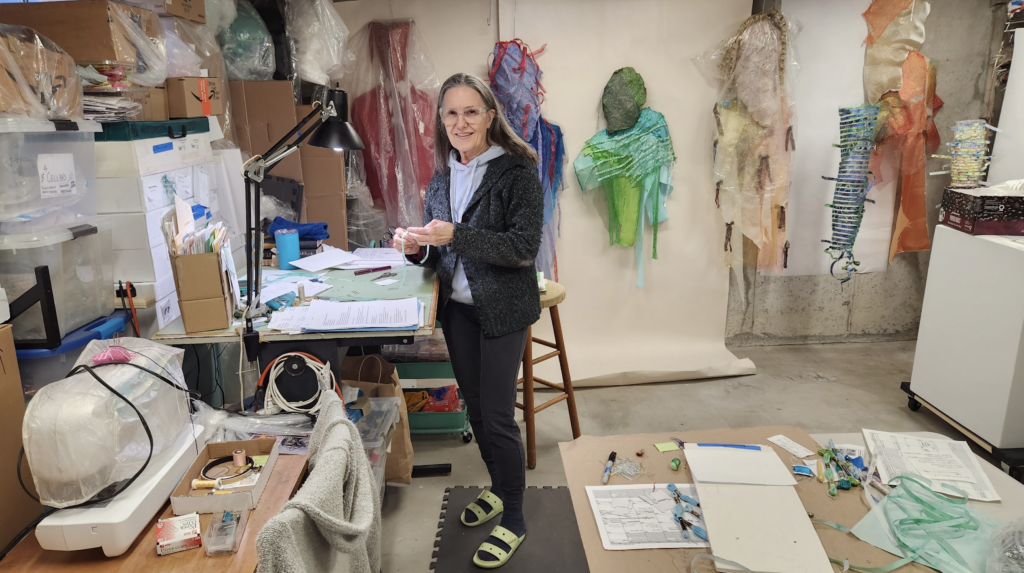
Making art is a daily practice. My husband, grown-up son and daughter are all artists, so art was always a part of our family life. My studio is the place where I use my mind, hands, tools, imagination, curiosity, and courage to make work that has meaning on multiple levels and speaks to me about my own and other humans’ experience in the world. It is how I make sense of life.
Born in Tennessee, I grew up in Tampa, Florida, a maker from a very young age. I lived in Penland and other places in North Carolina, then in Bloomfield Hills, Michigan for grad school. I’ve resided in Brockton, MA since 1980 and taught middle and high school art for 30 years in nearby Avon, MA. Throughout, I’ve been creating art in one form or another.
Our neighborhood on Brockton’s south side, three blocks from Main St. and bordering the flood plain of the Salisbury Plain River, is a rich mix of sounds and neighborly proximity, with a woodsy natural landscape at the end of the street. Vibrant with international music sounds and family celebrations in the summer, it is saturated with delicious fragrances of ethnic cooking, and punctuated by the evening chorus of the peepers in the woods.
Throughout my artistic life, an experimental approach to techniques and materials and a willingness to engage with possibilities is a point of view that has informed my work. Art connects with life experience. Participating in the richness and variety of our community has nurtured my willingness to experiment and to think broadly about ideas and concepts. It has instilled in me deeper understanding and empathy as I witness the struggles and triumphs of those around me.
More from the artist:
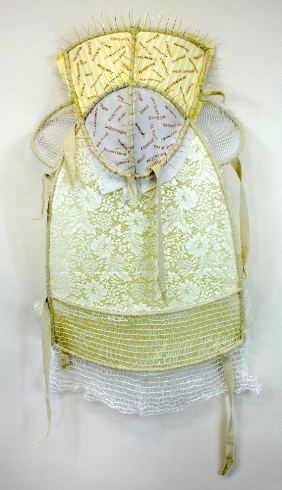
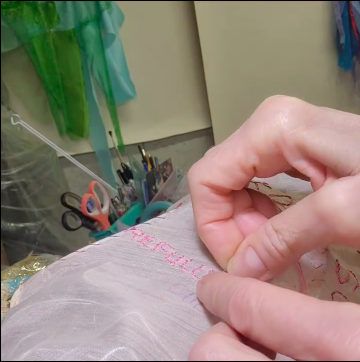

I have been making art in my basement home studio since 1984. It is a raw space with three cement walls and floor, its fourth wall being the exposed 120-year-old fieldstone foundation of our classic New England Colonial. It’s an open space with no columns or obstructions, about 350 square feet, with five small basement-type windows.
Shelter can be a roof over your head or an umbrella in a rainstorm. In word, shelter is protection. But protection is not necessarily a physical structure or object. Humans also create rules and legal barriers to “shelter” or insulate us from certain experiences or perceived dangers. Often these are simple habits, actions, or customs.
In my work, I observe and question such practices — visible, invisible, or felt barriers that undermine or deter relationships with those who are considered different, separate, or ‘other.’ Such hindrances include traditions and habits from those in power meant to limit, curtail, and stifle the powerless. The “shelters” that we build may not be visible, but they are perceived nonetheless.
Explore Virginia’s Instagram & Facebook.
Visit her website to see more artwork.
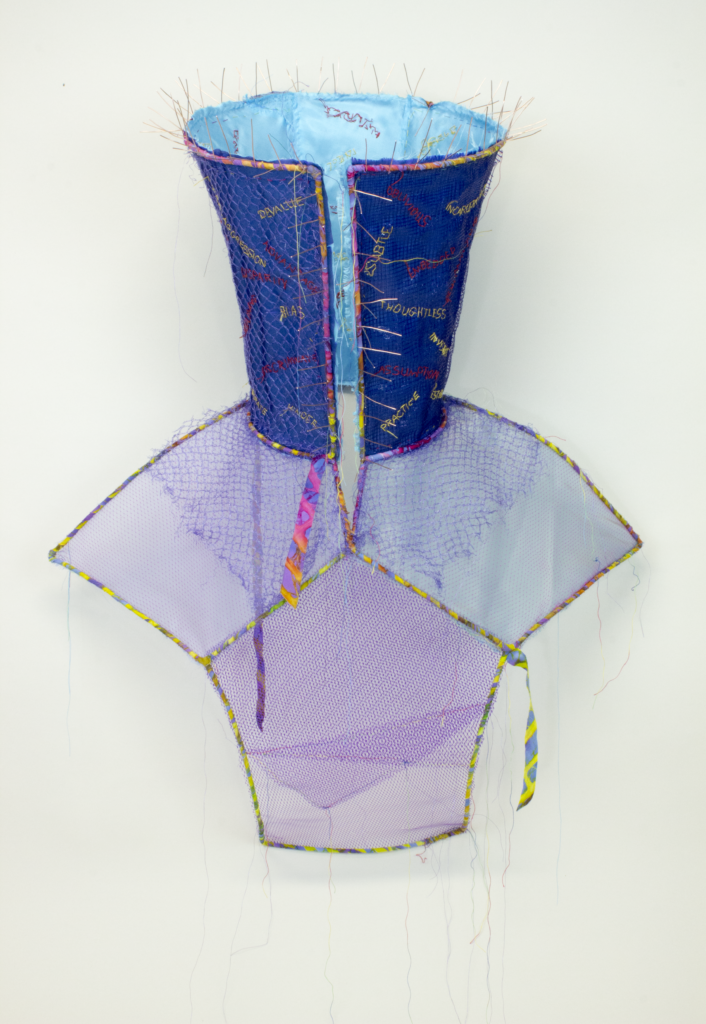
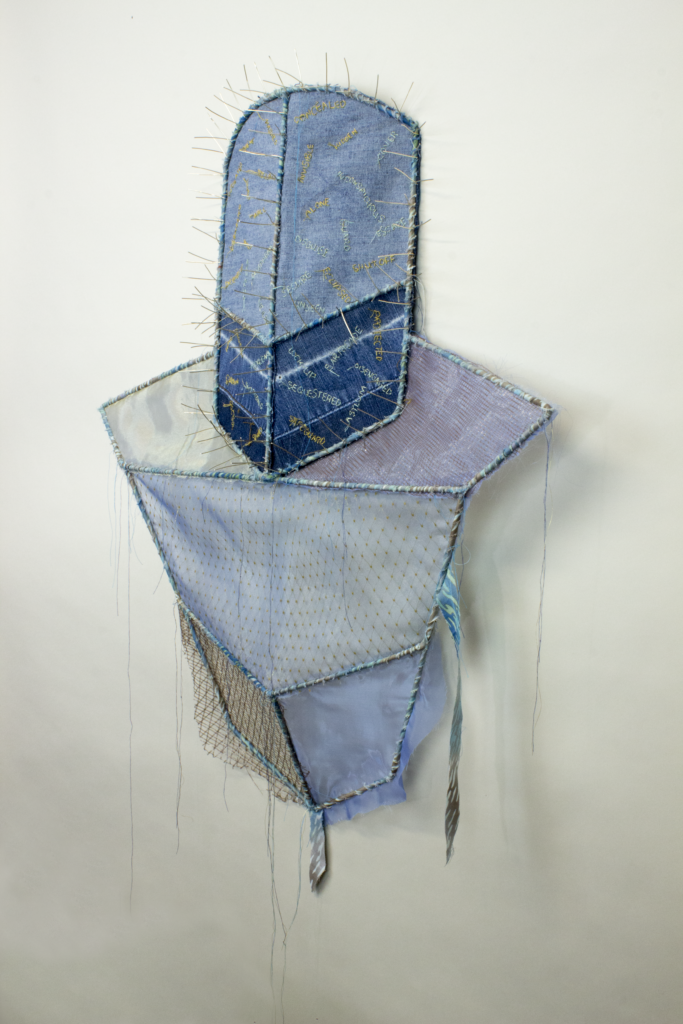
MEDIA INQUIRIES
For media inquiries, please contact: Edwina A. Kluender, KLÜNDER Communications [email protected] & PH 1.617.888.5859. Here is our downloadable press release: DATMA SHELTER2023 Press Release Announcement Here.
Events
DATMA Design Days: Eco Art!
DATMA Design Days: Eco Art! 4:00 – 6pm Eco-Friendly Art is an all-ages art project activity where kids and families can explore the importance of recycling and waste reduction, all while transforming discarded plastics and other materials into eco-friendly masterpieces. This free interactive event is for families and kids all ages.
